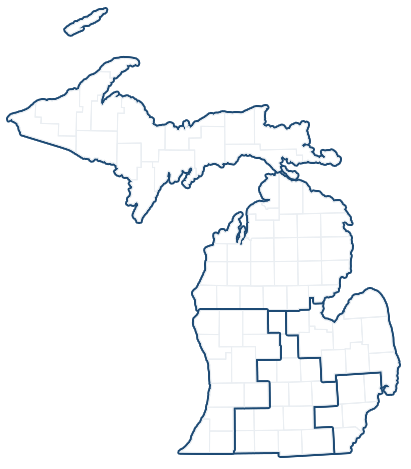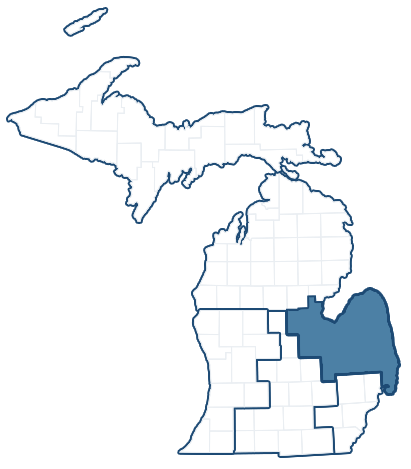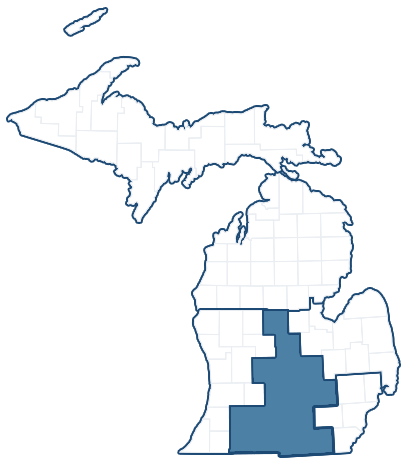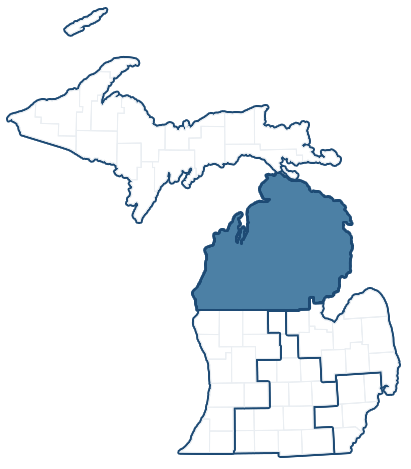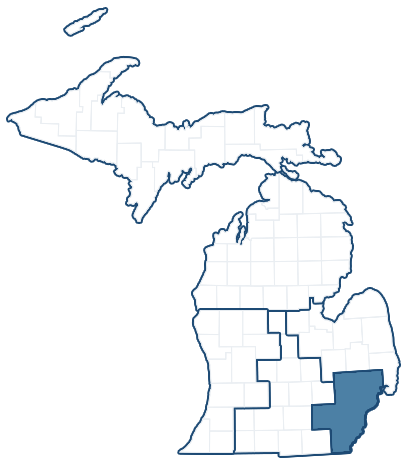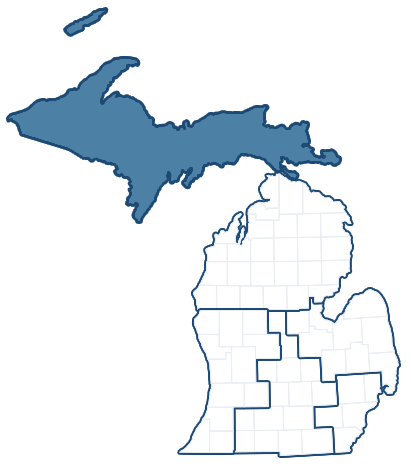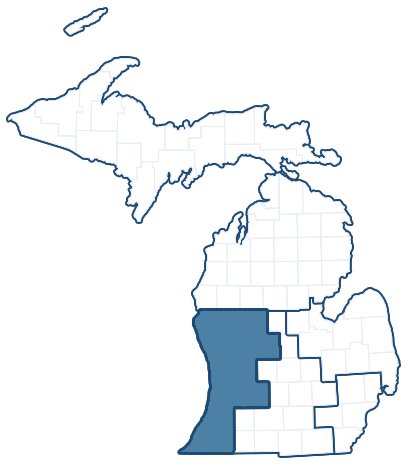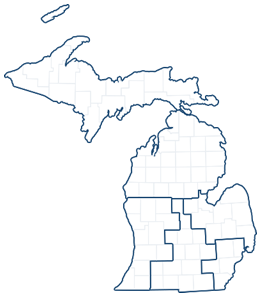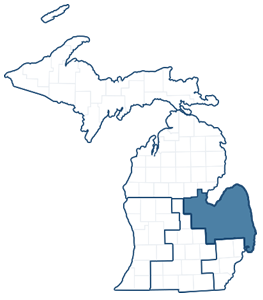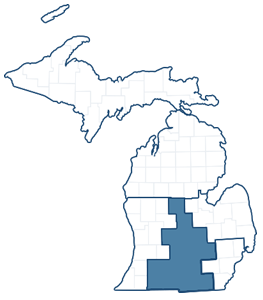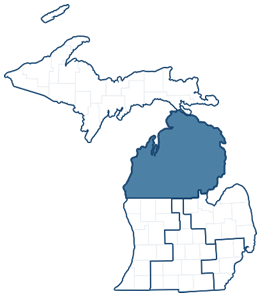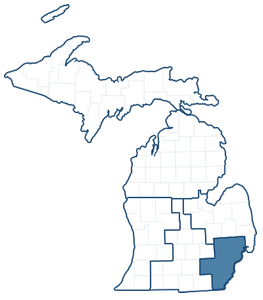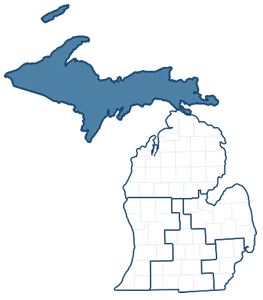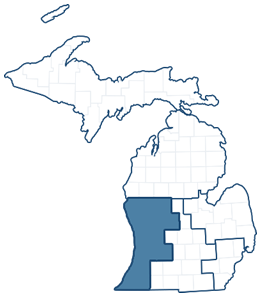Stabenow, Peters Announce Over $300,000 Investment to Protect Against Harmful Algae Blooms in Lake Erie
Monday, August 28, 2017U.S. Senators Debbie Stabenow and Gary Peters announced the Great Lakes Observing System Regional Association will receive $309,305 to help prevent the spread of harmful algal blooms in Lake Erie. The grant comes from the National Oceanic and Atmospheric Administration’s (NOAA) Ocean Technology Transition Program. The Great Lakes Observing System Regional Association is based in Ann Arbor and works to enhance the ability to collect, deliver and use data on the Great Lakes.
“The algae blooms in Lake Erie that shut down Toledo’s water system in 2014 were a wake-up call about why investments in conservation are critically important to the health of our Great Lakes and drinking water,” said Senator Stabenow, Co-Chair of the Senate Great Lakes Task Force. “This announcement builds off the work already being done to monitor and prevent algae blooms in Lake Erie thanks to the Great Lakes Restoration Initiative and the Regional Conservation Partnership Program.”
“Monroe County relies on Lake Erie to provide reliable and safe drinking water to their communities,” said Senator Peters. “This funding helps local drinking water managers have the data they need to monitor harmful algal blooms and ensure families in southeast Michigan can enjoy clean drinking water.”
Lake Erie is the water source for the South County Water District, which provides drinking water to southern Monroe County, Michigan. In August 2014, nearly 30,000 customers in Monroe County were affected by a water use ban due to contamination from toxins produced by algae blooms in Lake Erie.
Harmful Algal Blooms (HABs) in Lake Erie are a recurring problem that threatens the local drinking water source and significantly degrades the ecosystem. These new resources will support continued annual monitoring, reporting, and dissemination of HABs data. Collaborations between water managers and researchers in the region will help provide timely, user-friendly access to data used to make informed decisions about resources affected by HABs.
###
Next Article Previous Article



